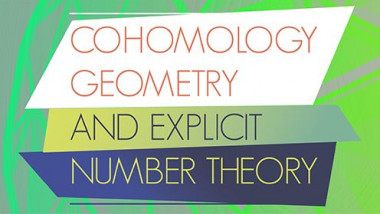Appears in collections : Modeling and control of open quantum systems / Modélisation et contrôle des systèmes quantiques ouverts, Ecoles de recherche
Quantum optical systems provides one of the best physical settings to engineer quantum many-body systems of atoms and photons, which can be controlled and measured on the level of single quanta. In this course we will provide an introduction to quantum optics from the perspective of control and measurement, and in light of possible applications including quantum computing and quantum communication.
The first part of the course will introduce the basic quantum optical systems and concepts as ’closed’ (i.e. isolated) quantum systems. We start with laser driven two-level atoms, the Jaynes-Cummings model of Cavity Quantum Electro-dynamics, and illustrate with the example of trapped ions control of the quantum motion of atoms via laser light. This will lead us to the model system of an ion trap quantum computer where we employ control ideas to design quantum gates.
In the second part of the course we will consider open quantum optical systems. Here the system of interest is coupled to a bosonic bath or environment (e.g. vacuum modes of the radiation field), providing damping and decoherence. We will develop the theory for the example of a radiatively damped two-level atom, and derive the corresponding master equation, and discuss its solution and physical interpretation. On a more advanced level, and as link to the mathematical literature, we establish briefly the connection to topics like continuous measurement theory (of photon counting), the Quantum Stochastic Schrödinger Equation, and quantum trajectories (here as as time evolution of a radiatively damped atom conditional to observing a given photon count trajectory). As an example of the application of the formalism we discuss quantum state transfer in a quantum optical network.
Parts of this video related to ongoing unpublished research have been cut off.
















